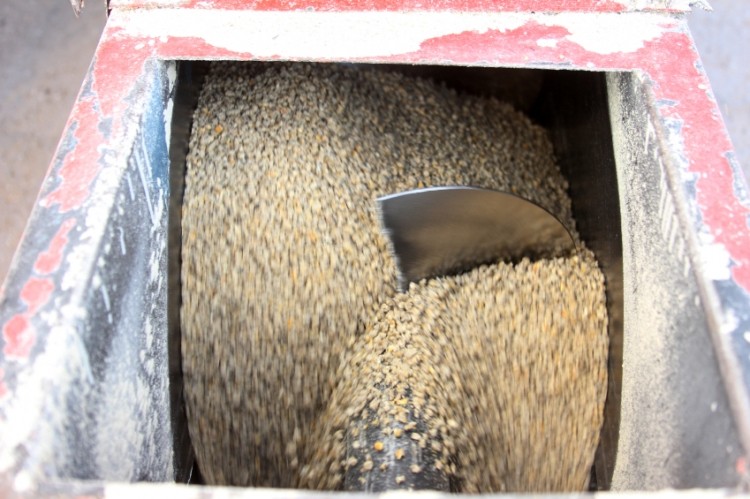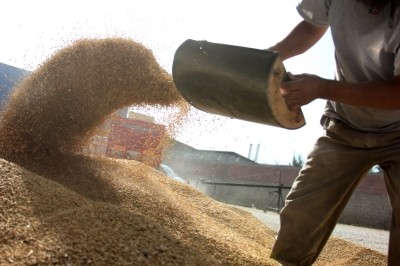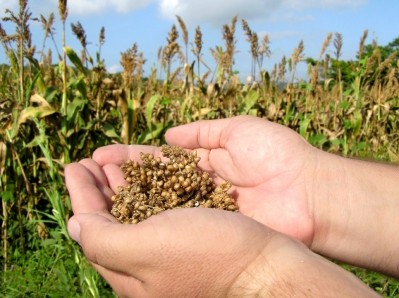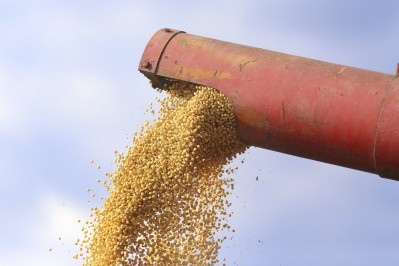US feed and grain handling elevators may face tough year

A report from Colorado-based CoBank highlights challenges ahead for feed grain and grain handling companies stemming from large stocks and slow markets.
“With no relief immediately in sight, grain merchandisers will likely endure further belt-tightening in the year ahead as ample grain and oilseed supplies, slow farmer selling and an anemic export program continue to drag on the basis market,” said Tanner Ehmke, senior economist with CoBank’s Knowledge Exchange Division, in the report. Additional storage may also become necessary if yields remain consistent, he added.
Areas to watch include a dry fall, which could hurt grain drying revenue and pressure for continued consolidation, he said. “Grain companies are starting the new-crop growing season with much weaker financial prospects than in recent years,” he added.
Report details
Grain elevators saw a drop last year in revenue generated from grain drying services as the harvest period was dry, said Ehmke.
“A significant portion of elevators’ profits – generally 8-10% – come from grain drying, which took a substantial hit last fall as farmers hauled in the driest crop in recent memory,” he said. “The prospect of La Niña, which normally is associated with dryness in the Midwest, heightens the risk of a repeat in 2016.”
Large amounts of grain in the US and a slow export market have created limited opportunities for elevators on basis appreciation, he said. Farmers have been storing grain as prices remain low.
“The percentage of old crop in commercial storage that is farmer-owned is commonly reported at around 30% – a record for many country elevators that is well-above the typical 10% level,” said Ehmke in the report. “However, recent rallies led by the grain and oilseed futures markets have likely stimulated farmer selling.”
However, there has been little basis movement as stocks of corn, soybeans and wheat remain larger than they have been for several years, he said. There also may be more weakening of old-crop basis with imports from Argentina competing in the southeast hog and poultry feed markets.
Even if a weather-induced event drops crop production levels, old-crop supplies and world supplies are expected to dampen rally potential, he said. Also, the potential for larger than usual farmer-owned stocks may mean that some elevators will see storage challenges if farmers continue to keep old stock.
Looking forward
There are however a few areas with positive potential for the next year, said Ehmke.
There should be opportunities to purchase grains at a cheaper price after harvest and there may be benefits from storage fees, he said. “Elevators would be able to buy basis at a significant discount to prior years and potentially gain on basis appreciation post-harvest – an opportunity missed in the 2015 harvest,” he added in the report.
With the potential for large stocks to remain farmer-owned, there could be opportunities for evaluators that have larger amounts of storage space and marketplace dictated storage fees, he said. The futures market also may offer options for a premium above the cost of carry for elevators.
Looking forward, grain merchandisers are likely well-prepared to handling the downturn after several years where many had good returns, but could consider wider basis post-harvest depending on crop yield, said Ehmke. However, they also may want to watch weather influence on drying and crop yields.
“At the same time, talk persists throughout the industry of mergers, acquisitions or joint ventures becoming more likely in an effort to reduce price risk exposure to ample grain and oilseed supplies, to address storage shortage concerns amid record inventories, and to control cost via achieving economies of scale,” said Ehmke. “Looking ahead to the longer term, grain companies anticipate the trend of consolidation to continue even as the period of slimmer profits passes.”










